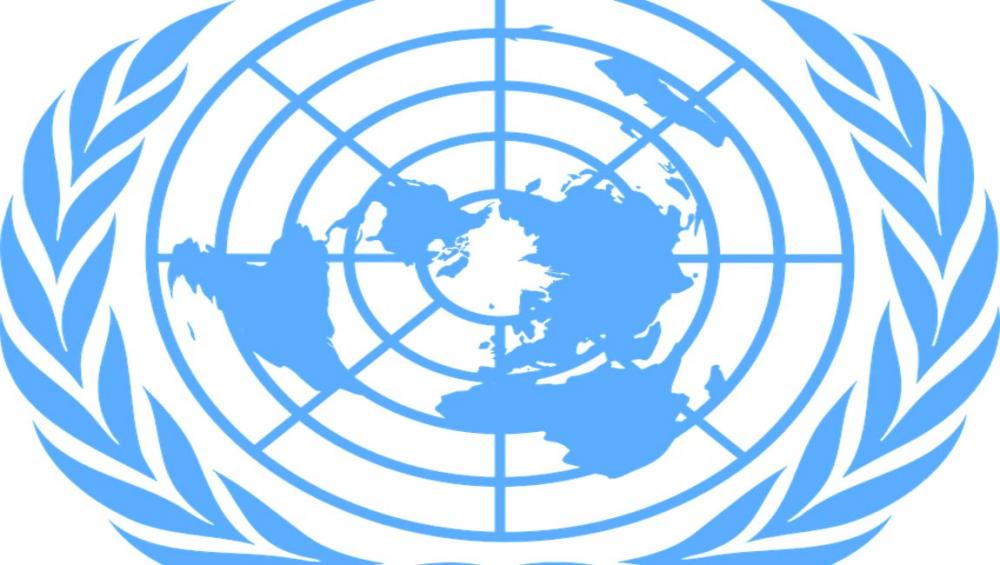Just Earth News | @JustEarthNews | 28 Nov 2018

World Bank/Jutta Benzenberg
New York, A new report released on Tuesday by the United Nations Environment Programme (UNEP) shows that global carbon dioxide (CO2) emissions rose again during 2017 after a three year hiatus, highlighting the imperative for countries to deliver on the historic Paris Agreement to keep global warming to below 2°C above pre-industrial levels.
The report comes just days before the key UN climate change conference known as COP 24, taking place in Katowice, Poland, with the agency urging nations to triple their efforts to curb harmful emissions.
The UNEP report comes hot on the heels of the watershed Intergovernmental Panel on Climate Change (IPCC) report on global warming, released in October, which cautioned that emissions had to stop rising now, in order to keep temperature increases below 1.5°C, and reduce the risks for the well-being of the planet and its people.
“If the IPCC report represented a global fire alarm, this report is the arson investigation,” said UNEP’s Deputy Executive Director Joyce Msuya. “The science is clear; for all the ambitious climate action we’ve seen – governments need to move faster and with greater urgency. We’re feeding this fire while the means to extinguish it are within reach.”
Heat-trapping CO2 gas in the atmosphere is largely responsible for rising global temperatures, according to the overwhelming body of scientific evidence. UNEP’s 2018 Global Emissions Report, show global emissions have reached historic levels.
Total annual greenhouse gases emissions, including from land-use change, reached a record high of 53.5 Gigatons in 2017, an increase of 0.7 compared with 2016.
“In contrast, global GHG emissions in 2030 need to be approximately 25 per cent and 55 per cent lower than in 2017 to put the world on a least-cost pathway to limiting global warming to 2°C and 1.5°C respectively,” said the report.
What’s worse, the report notes that there is no sign of reversal of this trend and that only 57 countries (representing 60 per cent of global emissions) are on track to bridge their “emissions gap” – meaning the gap between where we are likely to be and where we need to be.
Increased emissions and lagging action means the gap published in this year’s report is larger than ever.
UNEP stresses that while “surging momentum from the private sector” and “untapped potential from innovation and green-financing” offer “pathways” to bridge the emissions gap globally, the “technical feasibility” of limiting global warming to 1.5°C “is dwindling”.
The authors of the report note that nations would need to triple their efforts on climate action without further delay, in order to meet the 2°C-rise limit by mid-century. To meet the 1.5°C limit, they would have to quintuple their efforts. A continuation of current trends will likely result in global warming of around 3°C by the end of the century, with continued temperature rises after that, according to the report findings.
“The kind of drastic, large-scale action we urgently need has yet to been seen,” said UNEP.
The report offers concrete ways for Governments to bridge their emissions gap, including through fiscal policy, innovative technology, non-state and subnational action, and more. This ninth UNEP emissions report has been prepared by an international team of leading scientists, assessing all available information.
“When governments embrace fiscal policy measures to subsidize low-emission alternatives and tax fossil fuels, they can stimulate the right investments in the energy sector and significantly reduce carbon emissions,” said Jian Liu, UNEP’s Chief Scientist.
“Thankfully, the potential of using fiscal policy as an incentive is increasingly recognized,” said Dr. Liu, referring to the 51 initiatives already in place or planned across the world to charge for carbon emissions (called “carbon pricing”).
“If all fossil fuel subsidies were phased out, global carbon emissions could be reduced by up to 10 per cent by 2030,” he added, explaining that “setting the right carbon price is also essential. At US$70 per ton of CO2, emission reductions of up to 40 per cent are possible in some countries.”
The 2018 Global Emissions Report report adds yet another building block of scientific evidence to inform decision-making at the upcoming UN climate change conference – the COP 24 in Poland – which starts on Sunday and will last for two weeks. The key objective of the meeting will be to adopt an implementation plan for the 2015 Paris Agreement.